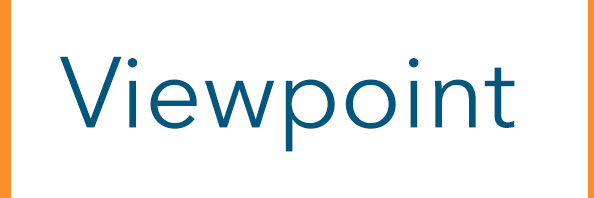Community colleges are getting a larger share of the higher education spotlight these days. For those of us that have spent many years working to advance the nation’s community college, we welcome the coverage and the amplification of the mission and impact of these amazing institutions.

Serving nearly 12 million students annually, community colleges provide access to higher education. For 30% of students, they are the first in their families to attend college. Many students cannot afford the price of a university, and most community college students must work while attending classes.
Some students understand that community college is a low-cost, high-value way to achieve their academic goals and transfer to a bachelor’s degree program without garnering crushing student loan debt. Whatever the reasons, community colleges remain accessible, affordable and committed to student success.
A broader context
Community colleges are not perfect. The increased attention on higher education from the media and policymakers does not always result in positive statements. Often, statistics and reports are quoted that presumably showcase ineffective programs and services that don’t lead to students completing their educational pathways. While mostly true, these often-cited statistics don’t always paint the entire picture, and the nuances of the data that we do have do not lend themself to a pithy soundbite.
We admit that there is work to be done with regard to transfer, completions and equitable outcomes. But that is not exclusive to community colleges.
Despite being the lowest-funded sector of higher education, community colleges provide affordable, accessible and tangible pathways to the middle class for millions of Americans. Americans who may not have the privilege, money, time or circumstances that allow them to take what has become known as the “traditional route” to higher education. Americans who need access to the curriculum and job training that will allow them to obtain a family-sustaining wage job.
Myriad challenges
Prior to the pandemic, community colleges were deeply engaged in analyzing institutional, programmatic and workforce data to better understand how and where students were facing barriers to success. That work continues, and community colleges are implementing programs designed to eradicate those barriers.
College leaders are intently focused on meeting students where they are in order to better serve them. In many cases, that includes provisions to help with food and housing insecurities, little or no access to broadband or technology, and childcare. In other cases, it is guiding them through processes and classes that are foreign to students who never imagined themselves in college. They are engaged with community and local business leaders to ensure there is alignment in curriculum and training to meet socio-economic needs.
With a community college educator in the White House, it is no surprise that the sector is getting a little more attention these days. With personal knowledge of community colleges – their successes and their shortcomings – the First Lady knows first-hand of the impact that these institutions have on students, communities and local economies. Making community college more accessible and investing in their current and future success will have a positive impact on the nation.
Providing opportunities
A positive impact for millions of Americans who are looking to break the cycle of poverty, advance their career in an ever-evolving global workforce, be the first person in their family to go to college, learn the skills needed to obtain a job that allows them to feed a family, and do so without amassing a mortgage worth of debt.
Assuring that access is truly available to those who need it most, offering free community college, increasing Pell Grant maximums, and supporting the needed wrap-around services are welcome investments in the nation’s community colleges and the millions of students they serve.





